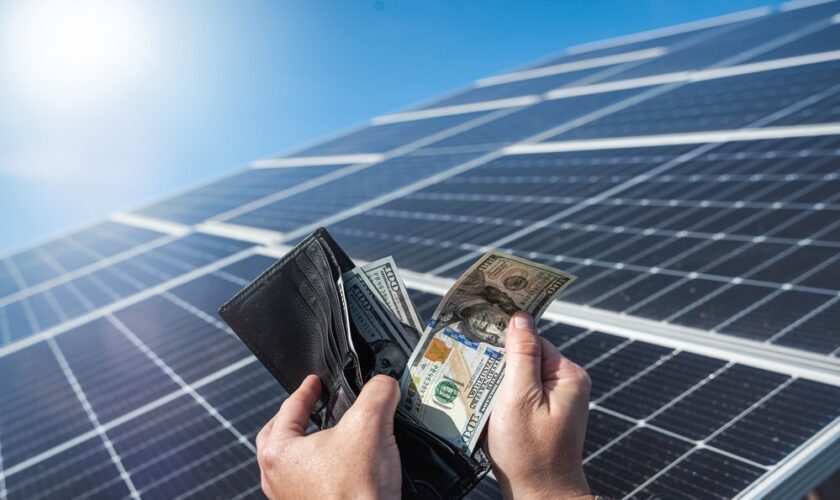Thailand’s orchid industry has grown from a local trade into a serious global export business, and Cattleyas are one of the standout varieties. Known for their large, ruffled blooms and bold colors, they’re especially popular with florists and collectors. Running a cattleya orchid farm wholesale operation takes more than just growing pretty flowers. It involves careful planning, logistics, and a good deal of technical knowledge.
Controlled Growing Environments
At large farms, space is used with near-clinical efficiency. Rows of orchids are arranged under partially shaded roofing or within controlled greenhouse systems. Each stage of the plant’s life, from propagation to full bloom, is tracked closely. Watering, temperature control, and even air circulation are all monitored and adjusted as needed. This consistency is what ensures high survival rates and predictable flowering schedules.
Bulk Propagation Methods
Propagation is typically done through tissue culture or selective division of healthy parent plants. These methods allow farms to produce orchids in bulk while maintaining the shape, fragrance, and strength of each variety. Farms aiming for wholesale supply have to balance volume with visual appeal. It’s not enough for plants to survive; they have to look good enough to sell at scale.
Precision Feeding Techniques
Fertilizer application is a science in itself. Depending on the plant’s phase, growth or flowering, different blends are used. Too much or too little of one element can throw off the development cycle and impact the final presentation. Larger operations often work with agricultural consultants to get this balance right.
Managing Pests and Disease
Disease and pest management is another high priority. Greenhouses and growing areas are regularly cleaned and rotated. Insects like aphids and mealybugs can cause serious damage if not caught early. Most farms combine traditional inspection techniques with newer tools like sticky traps or natural deterrents to keep things manageable without heavy chemical use.
Packaging and Export Logistics
Packaging for bulk shipping is also part of the process. Plants headed for international buyers have to be packaged in a way that keeps them healthy, secure, and presentable after days in transit. Timing the harvest is key. Too soon and the flowers won’t open properly, too late and they may wilt before arrival.
Meeting Wholesale Demands
Wholesale buyers tend to have high standards and tight timelines. This pushes farms to keep everything running on a tight schedule, often with rotating harvests to meet ongoing orders. Labor is usually split between general caretaking and specialized tasks like grading and preparing plants for shipment.
Behind the Flowers
It’s this mix of biology, business, and systems thinking that helps cattleya orchid farms in Thailand compete globally. The plants that end up on display overseas usually come from months of planning, careful growth cycles, and a sharp eye for detail. Behind every bulk shipment is a farm that’s figured out how to scale something that’s traditionally slow and delicate.
From the outside, it might look like just rows of flowers. But behind the scenes, it’s a constant rhythm of planting, monitoring, adjusting, and shipping that keeps the operation going strong.











